Second Life Is The Closest Thing We Have To A Real World Virtual Economy Experiment Today
Second Life Is The Closest Thing We Have To A Real World Virtual Economy Experiment Today
I wrote an article last week which went over where I believe the future is going in regards to virtual economies and the essential role they will play in our lives. Although today we have many examples of online worlds that exhibit traits of virtual economies, I believe by far the best one that is closest to encapsulating an economy of the real world, is Second Life.
Many are familiar with Second Life infamously because of the often cringe worthy interactions players have with each other, or YouTube videos that feature someone trolling players in the game. However if we look deep into how the players interact with and use the various features of the game, we can learn much by studying it. If you are unfamiliar with the game at all, essentially the goal of the game is whatever you want it to be, it’s a sandbox world which content is almost completely generated by players. There are various “instanced” plots of land where you can build and use them however you desire. For example, if you want to make a virtual bar, you can do it, if you want to create upscale real estate housing, go ahead. Much like the real world, the purpose of second life is what you want it to be. So why is this sandbox game the closest thing we have to a real world virtual world economy? Let me begin.
Note: By real world virtual economy, I am talking about a complete substitute economy that takes place in a virtual world where an avatar is used to represent your person and you can go do various things while in the comfort of your home. See my first article if you want a better idea of what im talking about.
Development Of Their Own Virtual Currency
Linden Labs, creators of second life, made an interesting decision before they launched the game in 2003, which was to create a virtual currency that could be traded into and out of the game and used as a basis for commerce among players. By allowing the withdrawal of the in game currency, market conditions that would occur in the real world quickly began to take hold. The exchange rate started floating against various currencies based on their demand and supply in the market. Much like a central bank, Linden Labs also has an active role in making sure the value of the currency stays relatively constant to ensure optimal commerce among players.
Their currency isn’t built off a blockchain or secure from hacks, but the supply is monitored very closely by Linden Labs, any sudden influx into the system would raise flags. Because you can only receive Linden Dollars by purchasing them with fiat currency, there is a small chance of anyone hacking into the system and printing large amounts of money without their account instantly being frozen. Just by having the entire economy of second life based off the fiat currency of the real world, Second Life has allowed meaningful commerce to take place between players with real world benefits.
Creation Of Businesses And Jobs Within Second Life
With the base currency of Second Life being one that actually has potential to be withdrawn into currencies from all over the world, the creation of businesses and products that players want have come to fruition. Like in any real world market, if there is a demand for a product, someone will meet the supply. There are a decent amount of players in Second Life that now make their living solely from creation content and selling it to players who don’t have the skills to do so. For example, cosmetic items such as clothes, hairstyles, eyes or completely unique avatars are all available to be purchased for linden dollars on the market.
Graphic designers will create items in various programs, and Linden Labs allows them to input them into the game to sell. In addition to cosmetic items, vehicles, art, or entire worlds are purchasable for Linden dollars. In the recent years there has been an influx of “knock off” products, copying the designs of other artists, have come into the game, so now artists try to establish brands with unique logos in order to countermeasure this. Second life is a relatively large market, growing to around 600 million dollars in 2007, but in recent years exchanges have moved to the secondary market to relieve Linden Labs from any law breaking, so it is unclear how big the economy is now.
A Robust Virtual Real Estate Market
In my opinion the most interesting aspect of the second life economy is the robust real estate market that is present. Although property is initially purchased from Linden Labs and designers can create various lands to fit demand and rent them or sell them to other player buyers. Virtual real estate agents and landlords exist within the game, renting out property for a real world profit. The plot itself can be designed into anything from a tropical island cove to a gothic cityscape, whatever the user desires can be created. Furniture or other virtual items can be purchased to furnish these places so the player can have a more enjoyable experience.
There are also retail options that can be created, like malls or a town shopping center, which, if popular enough can become prime real estate. To rent out this prime real estate can cost large amounts of linden dollars monthly, but can also bring in large amounts as well if your items you are selling are popular enough. Essentially brick and mortar stores can be recreated in the game to sell virtual items at a fraction of a price than it would cost you to do in the real world. If you have graphic design skills, it might be worth it to check it out.
Investment Into Virtual Identities
Due to the investment taken by many of Second Life’s users into the economy, you see a level of pride and immersion in ones avatar. You don’t see many other games these days where someone conducts themselves like they would in the real world because their identity online is as important to them as their identity in the real world. If you spend enough time in the game world you create friends like you would in the real world. Many online today treat their identities like anonymous handles and conduct themselves in ways they never would in the real world, often acting maliciously towards others. You see a strange phenomenon take place where the community starts to police the trolls and malicious users and black lists them from all mainstream worlds. There are consequences to acting maliciously so people try to act in a polite manner. Especially for those who run businesses or make a living off of Second Life, virtual identities and branding can be the key to success.
I think as time goes on and we start to see more in depth virtual worlds, many will look back to Second Life as a partial model for how to establish them. Although there are many changes that second like can make to better improve the game, some with blockchain use cases, it is still the best experiment we have to this day. As we continue to move and create the technology that allows expansive virtual world economies, keep an eye on Second Life to see where it goes. Second Life is already being used in case studies by economists around the world and I only see that increasing as time goes by.
-Calaber24p
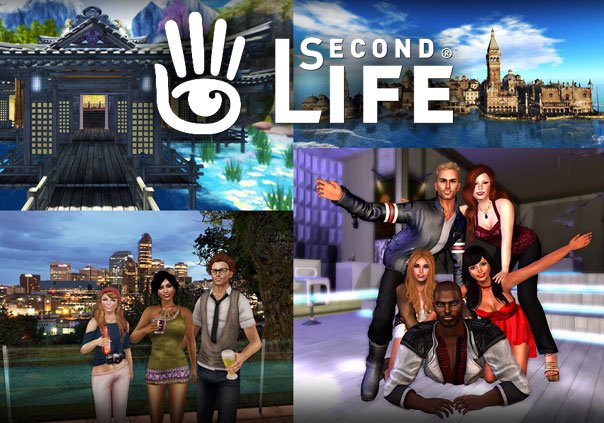
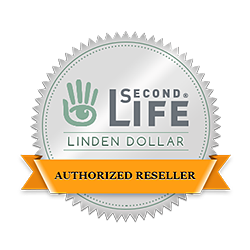
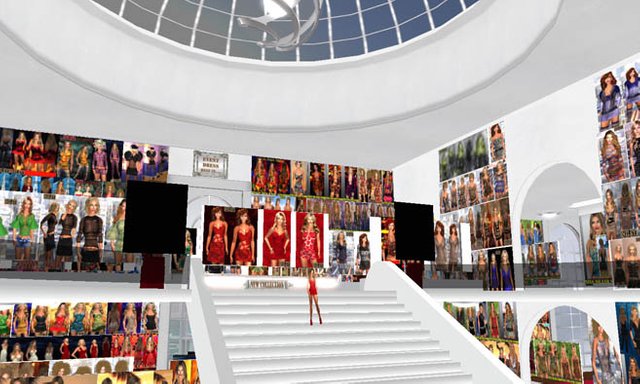
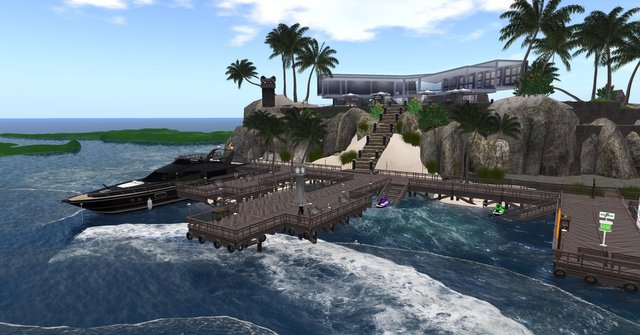
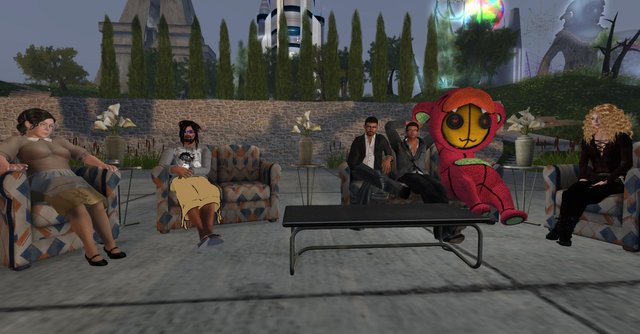
It used to be science -fiction and it is now taking shape in a seriously quick and exciting manner! Thank you for sharing, namaste :)
Thanks! Yeah I find it very interesting how things are moving. Technology always follows science fiction to some extent so well see where things go from here!
Check out Entropia Universe which has a real-money economy (exchange is tied to the US dollar). Free to join, with NO Monthly fees!
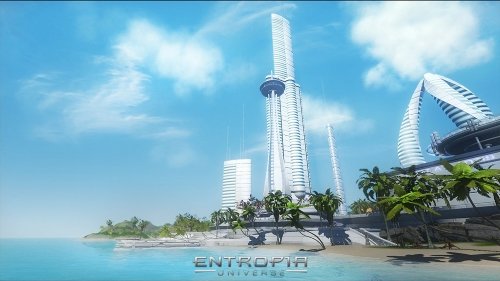
You can buy things for real money as well as withdraw in-game dollars directly for US dollars. Many people have earned a lot of money playing the game. They have virtual property sales (world records) where people have paid hundreds of thousands of real dollars to own property in the game (which they can set taxes). http://www.entropiauniverse.com/
I was going to mention Entropia Universe, but there are a few things that make it slightly less perfect than second life for simulating a real world economy. The main reasons are the lack of a real estate market that everyone can really take part in, the point that there are actually some goals like hunting and also that the game can generate the currency through monster drops. Still very close to what second life offers though.
Have you looked into their coming Project Sansar? It seems really interesting and I guess you'll be able to use VR devices with it!
I have not looked deeply into it but I saw a little bit of conversation on it. VR in the game is definitely going to be interesting.
The times are changing quickly @calaber24p!
Thanks for the informative post.
Cool article, I have not been in Second LIfe for years. always wanted to check it out. I wish I was not so busy with my first life!
Haha yeah its a strange experience. I personally could never get into it but I know some people can.
I have never seen this before but am utterly fascinated! This seems like a very interesting social experiment, not to mention the actual fun and quality enjoyment that one cane receive from this sort of thing. I'm going to look into this and join! Thank you very much for the interesting post!!
check it out, its free to play every once and a while I download it and check out the improvements they have made out of pure curiosity.
I thought second life was dead.
Its still going, they do graphic updates every once and a while and add new additions, but as long as they have a user base they will continue, and their user base is HARDCORE.
mabinogi is better. :P
Great post ... The 1st RL millionaire from making money in a game was a real estate developer in 2nd Life ... Can't remember her name ...
2nd life ... James T. Steampunk
Anshe Chung :)
Like other commentators brought out, I'm also more fan of Project Entropia. But the post makes a great point :)